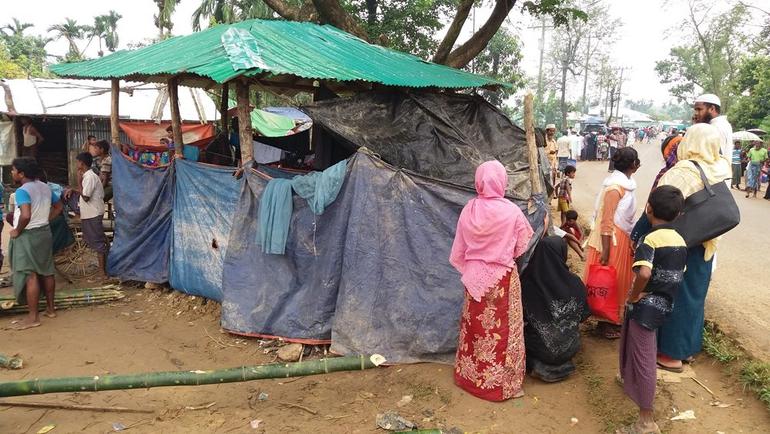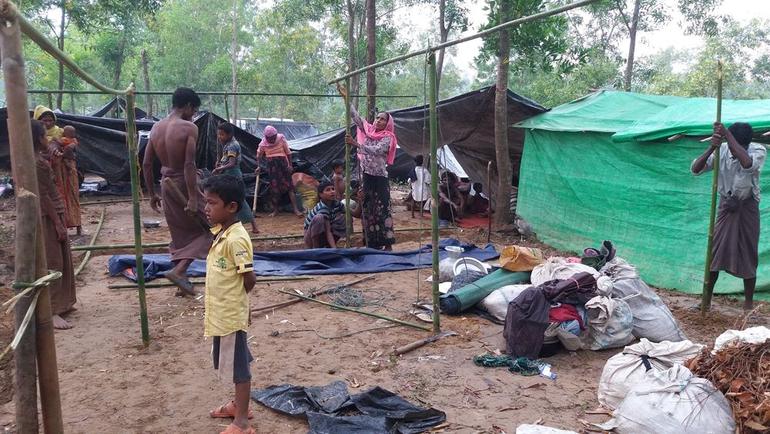About 240,000 children have fled Burma's Rakhine state into neighbouring Bangladesh over the last three weeks, according to a UN agency.
The figure - amounting to about 60 per cent of an estimated 391,000 Rohingya refugees - includes about 36,000 children under a year old, said Unicef spokeswoman Marixie Mercado.
She added that the children's agency also estimates about 52,000 pregnant women.
Caritas Bangladesh's relief efforts are being supported by UK Catholic aid charity CAFOD which said "food, clean water and sanitation, and medical and health services are urgently needed".
Tom Delamere, CAFOD's Programme Officer for Bangladesh, said: "The situation for the refugees in Bangladesh is truly concerning.
"Reports we have received from the UN and from our partner, Caritas Bangladesh, show the desperate need faced by thousands of people.
"Those that have made it into Bangladesh are living in extremely poor conditions – they are hungry, weak and sick.
"Many refugees are sleeping in the open air and in desperate need of food and water. Others are in makeshift refugee camps along the side of the road, or wherever they can find space.
Caritas Bangladesh hopes to help more than 14,000 vulnerable families.
A Rohingya insurgent group attacked police posts in Rakhine on August 25, and the Burmese military responded with "clearance operations".
Fleeing Rohingya say security forces shot indiscriminately, burned their homes and threatened them with death. The government says hundreds died, mostly Rohingya, and that 176 out of 471 Rohingya villages have been abandoned.
UN secretary-general Antonio Guterres described the violence against Rohingya as "ethnic cleansing", and Amnesty International said it has evidence of an "orchestrated campaign of systematic burnings" by Burmese security forces targeting dozens of Rohingya villages over the last three weeks.
With refugee camps overflowing and hundreds of thousands of Rohingya struggling to find shelter, food and other essential services, aid workers say they are deeply worried by the continuing influx of people by land and water.






